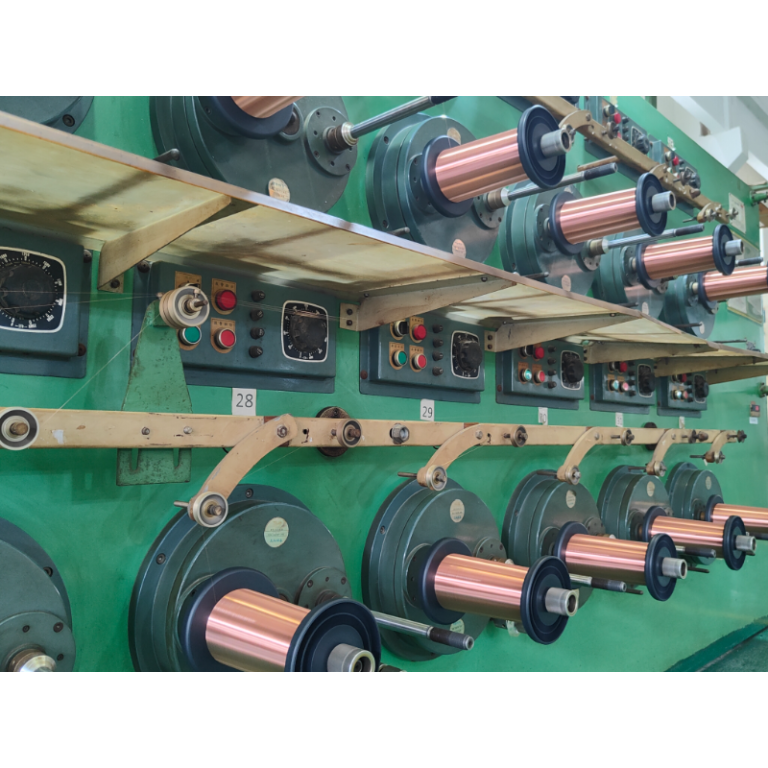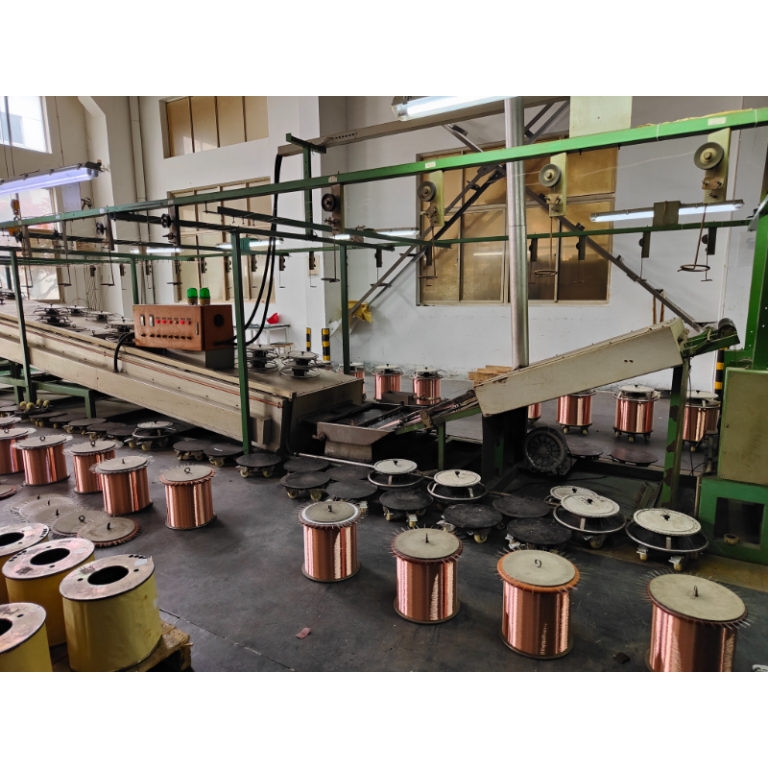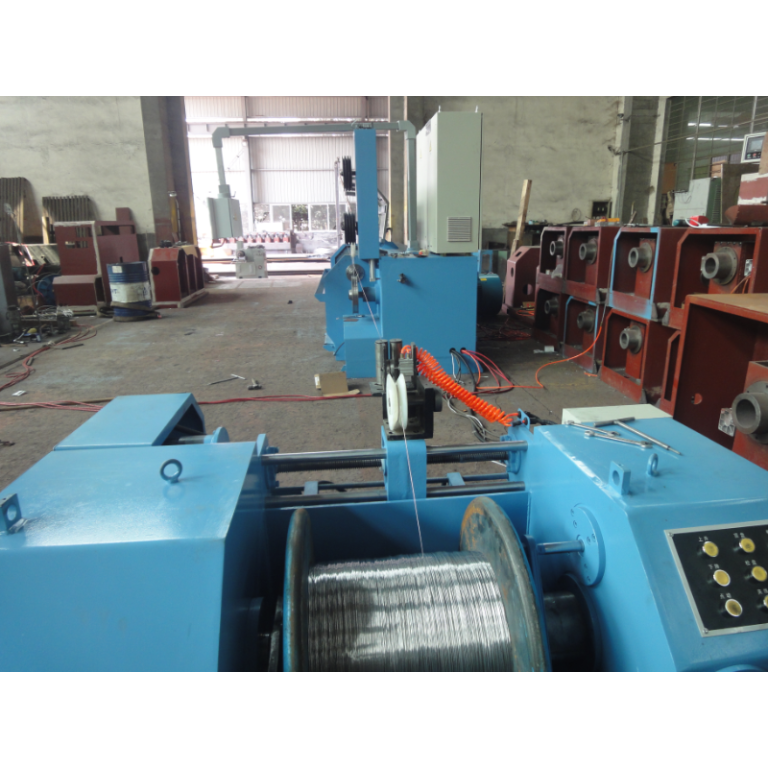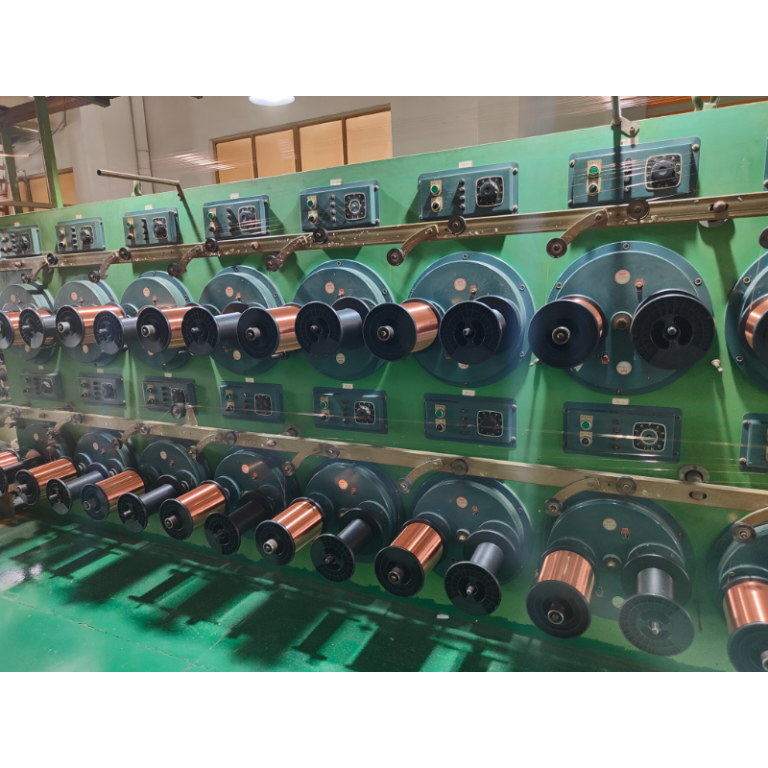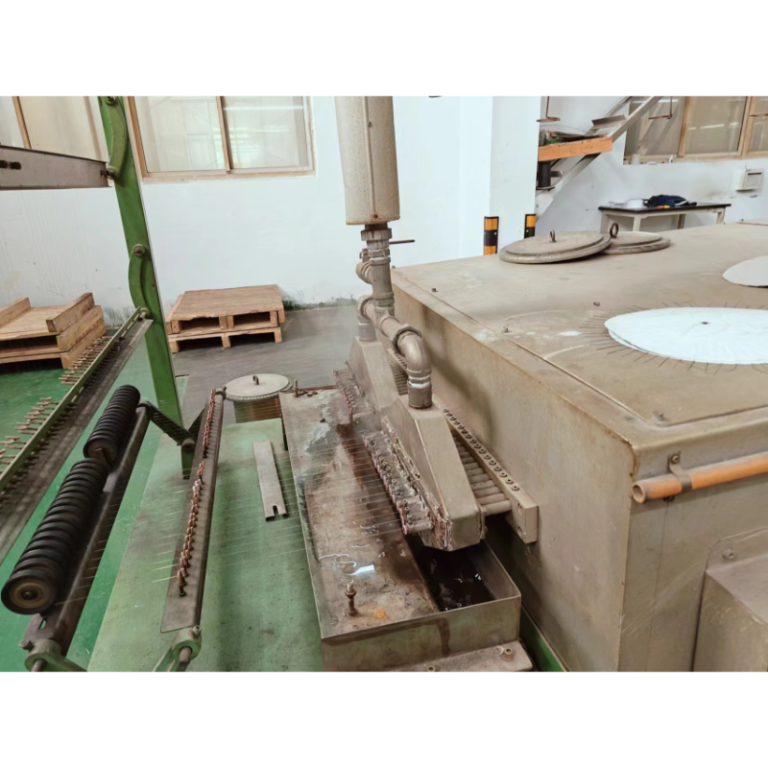Table of Contents
How Copper Wire Drawing Machine Work
Copper wire drawing machines are essential tools in the manufacturing industry for producing high-quality copper wire. These machines are used to reduce the diameter of copper wire by pulling it through a series of dies, resulting in a smoother and more uniform wire that is suitable for a wide range of applications. In this article, we will explore how copper wire drawing machines work and the key components that make them effective in the wire drawing process.
The process of wire drawing begins with a spool of copper wire that is fed into the drawing machine. The wire passes through a series of dies, which are essentially metal plates with a hole of decreasing diameter. As the wire is pulled through each die, it is stretched and reduced in diameter, resulting in a longer and thinner wire. This process is repeated multiple times until the desired diameter is achieved.
One of the key components of a Copper Rod Casting and Making Machine is the drawing capstan, which is a rotating drum that pulls the wire through the dies. The capstan is typically powered by an electric motor, which provides the necessary force to draw the wire through the dies. The speed of the capstan can be adjusted to control the rate at which the wire is drawn, allowing for precise control over the diameter of the wire.
Another important component of a copper wire drawing machine is the die holder, which holds the dies in place and guides the wire through them. The dies are made of hardened steel or tungsten carbide to withstand the high pressures and friction generated during the drawing process. The die holder is designed to ensure that the wire passes through the dies smoothly and without any snags or breaks.
In addition to the drawing capstan and die holder, copper wire drawing machines also feature a lubrication system to reduce friction and heat during the drawing process. Lubricants such as oil or soap are applied to the wire before it enters the dies, helping to reduce wear on the dies and improve the quality of the drawn wire. The lubrication system is essential for maintaining the efficiency and longevity of the drawing machine.
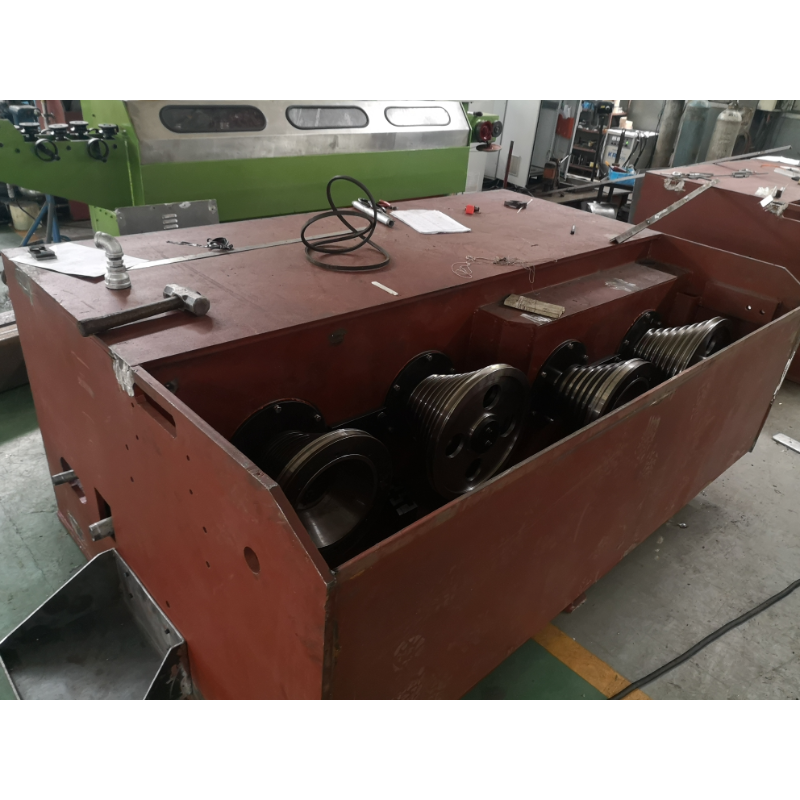
Overall, copper wire drawing machines are complex yet efficient tools for producing high-quality copper wire. By pulling the wire through a series of dies and controlling the speed and pressure of the drawing process, these machines are able to create wire with precise diameters and smooth surfaces. The key components of a copper wire drawing machine, including the drawing capstan, die holder, and lubrication system, work together to ensure that the wire drawing process is carried out effectively and efficiently.
In conclusion, copper wire drawing machines play a crucial role in the manufacturing industry by producing high-quality copper wire for a variety of applications. By understanding how these machines work and the key components that make them effective, manufacturers can ensure that they are able to produce wire that meets their specific requirements. With the right equipment and expertise, copper wire drawing machines can help companies achieve their production goals and deliver top-quality products to their customers.
Maintenance Tips for Copper Wire Drawing Machines
Copper wire drawing machines are essential equipment in the manufacturing industry, used to produce high-quality copper wire for various applications. To ensure the smooth operation and longevity of these machines, proper maintenance is crucial. In this article, we will discuss some maintenance tips for copper wire drawing machines to help you keep them in optimal condition.
One of the most important maintenance tasks for Copper Fine Wire Drawing Machine With Annealer is regular cleaning. Dust, dirt, and debris can accumulate on the machine’s components, leading to increased friction and wear. This can result in decreased efficiency and potential damage to the machine. To prevent this, it is recommended to clean the machine regularly using a soft brush or cloth to remove any buildup.
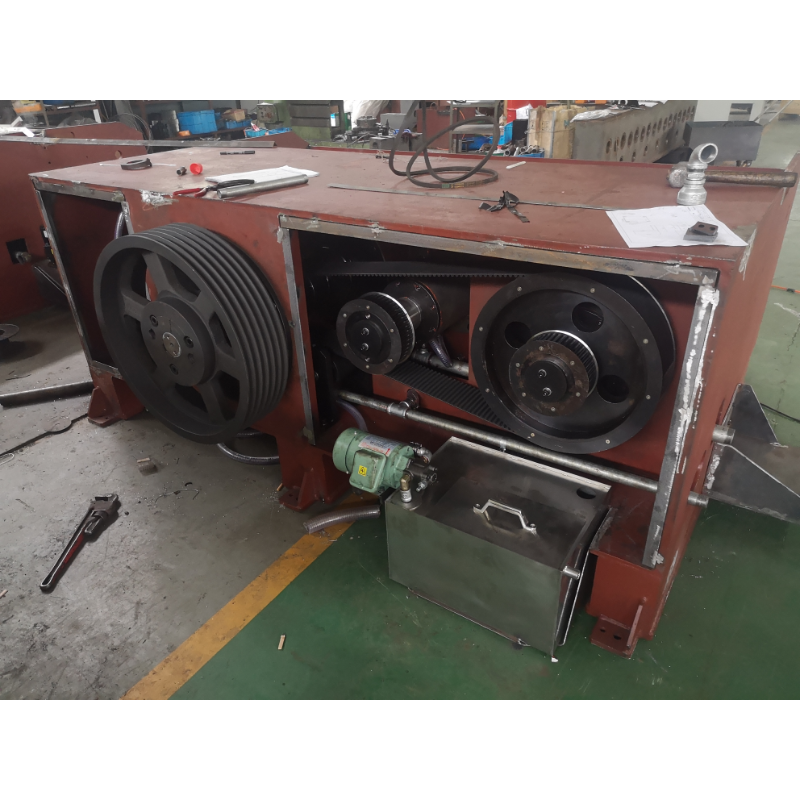
In addition to cleaning, lubrication is another key aspect of maintenance for copper wire drawing machines. Proper lubrication helps reduce friction between moving parts, preventing premature wear and tear. It is important to use the correct type of lubricant for each component of the machine and to follow the manufacturer’s recommendations for lubrication intervals.
Inspecting the machine for any signs of wear or damage is also essential for maintenance. Check for loose or worn-out parts, such as belts, bearings, and gears, and replace them as needed. Regular inspections can help identify potential issues early on and prevent more significant problems down the line.
Another important maintenance tip for copper wire drawing machines is to monitor the machine’s operating temperature. Overheating can cause damage to the machine’s components and affect its performance. Make sure that the machine is properly ventilated and that cooling systems are functioning correctly. If the machine is running at a higher temperature than usual, it may be a sign of a problem that needs to be addressed.
Regular calibration of the machine is also crucial for maintaining its accuracy and efficiency. Over time, the machine’s settings may drift, leading to variations in wire diameter and quality. By calibrating the machine regularly, you can ensure that it is producing wire within the specified tolerances.
Lastly, it is essential to train operators on proper machine operation and maintenance procedures. Well-trained operators can help prevent accidents and damage to the machine by following best practices and identifying potential issues early on. Provide regular training sessions for operators to keep them up to date on the latest maintenance procedures and safety guidelines.
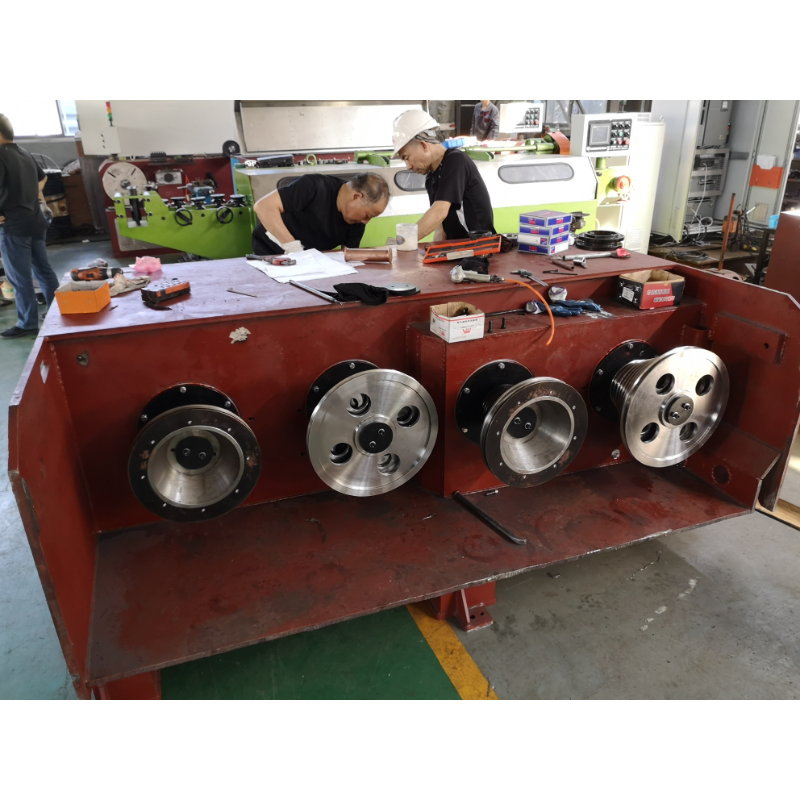
In conclusion, proper maintenance is essential for keeping copper wire drawing machines in optimal condition. By following these maintenance tips, you can ensure that your machines operate efficiently and produce high-quality copper wire for years to come. Regular cleaning, lubrication, inspection, monitoring of operating temperature, calibration, and operator training are all key aspects of maintaining copper wire drawing machines. By investing time and effort into maintenance, you can extend the life of your machines and maximize their performance.

